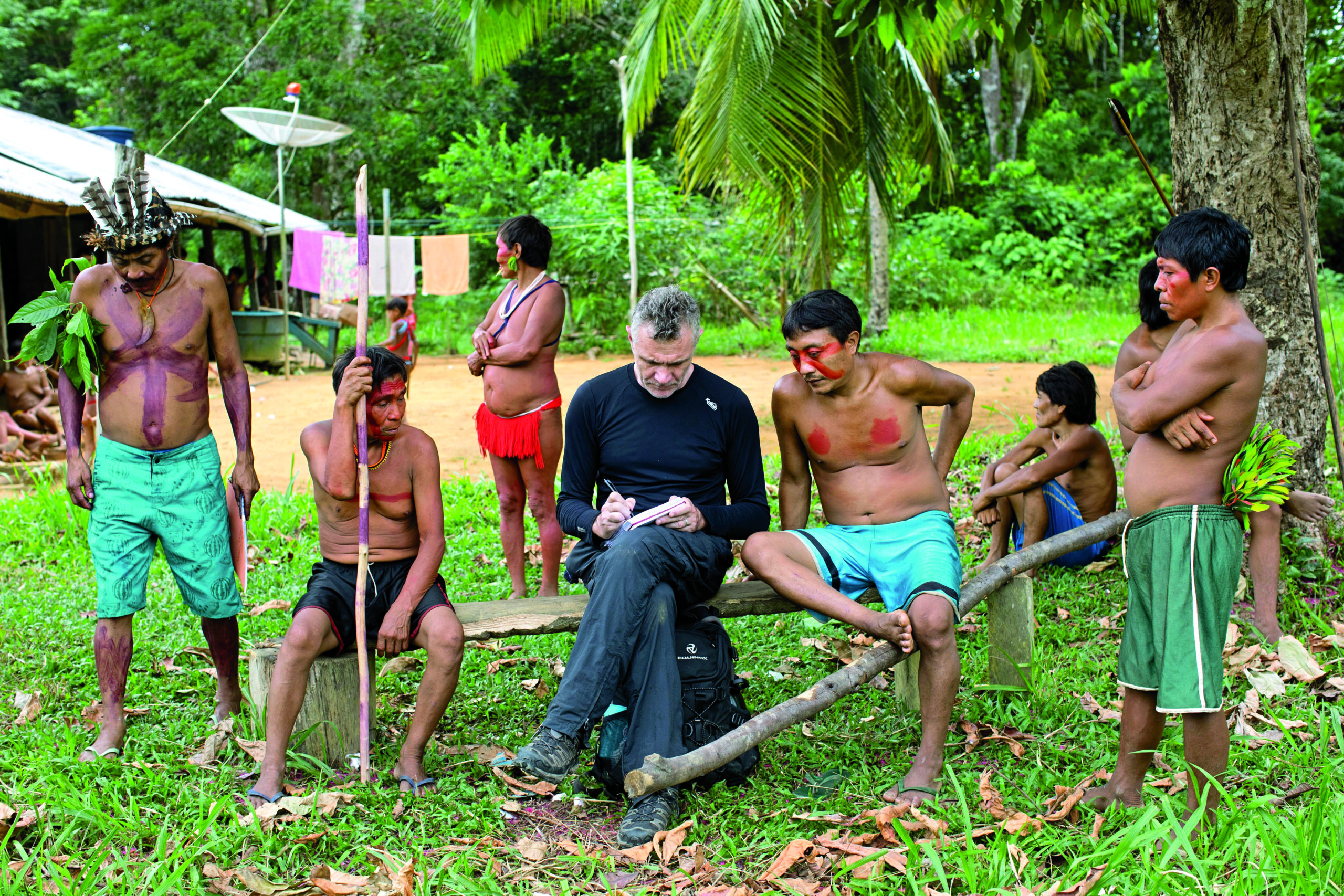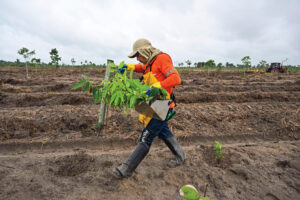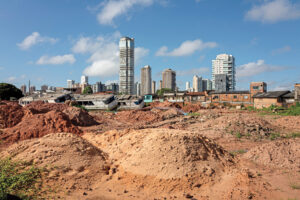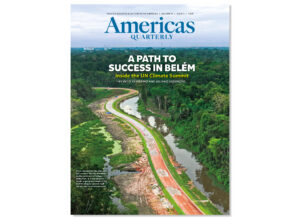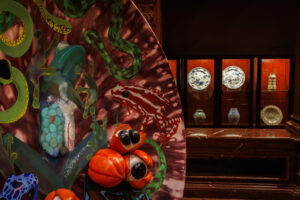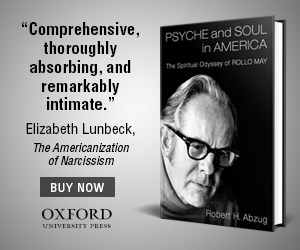This article is adapted from AQ’s special report on COP30
When outsiders write about the Amazon, they tend to romanticize it. They go to the heart, not the liver, as Indigenous rights campaigner Helena Palmquist notes toward the end of How to Save the Amazon. With such a title, one might suspect the book indulges in that kind of romanticism. However, its main author, British journalist Dom Phillips, was perhaps too much of a reporter for that. He was determined the book would not be a tale of environmental catastrophe but rather highlight the people and ideas that contribute to solving the Amazon crisis. But he did not shy away from describing the web of challenges he observed. The result is complex, vivid and heartbreaking.
In 2022, Phillips was murdered in the Brazilian Amazon while reporting for the book, alongside Bruno Pereira, a former government official turned activist. After his killing, Alessandra Sampaio, Phillips’ wife, and his friends were intent on making sure the book reached the public. He had written the first chapters and filled notebooks with scrawl—questions, observations and plans gathered during trips through forests, villages and cities. They decided to piece it all together and complete the book he had begun. That ensemble is How to Save the Amazon: A Journalist’s Fatal Quest for Answers.
On the day they were killed, Phillips and Pereira were returning from a four-day reporting trip, on a small boat in a river deep in the Vale do Javari, an Indigenous territory the size of Portugal. Phillips had been conducting interviews for his book; Pereira was both his guide and part of the story. Once a dedicated official at FUNAI, Brazil’s Indigenous protection agency, Pereira had left after the presidency of Jair Bolsonaro gutted environmental oversight. He began training Indigenous communities to defend their lands and became a target for fishermen, poachers and illegal miners. He had long faced death threats and learned to live with them. That day, it was mainly Pereira the criminals were after.
To capture the full complexity of the situation in the Amazon, Phillips spoke to everyone—protectors and destroyers alike—seeking to understand their motives, including those who broke the law. That day, Phillips had just interviewed a local criminal, who likely tipped off others about the pair’s whereabouts, and they were ambushed. That irony—being killed after doing the work of hearing from all sides—makes the story even more tragic. He could have told a simpler tale, but he chose the more complex, truer, and better one.
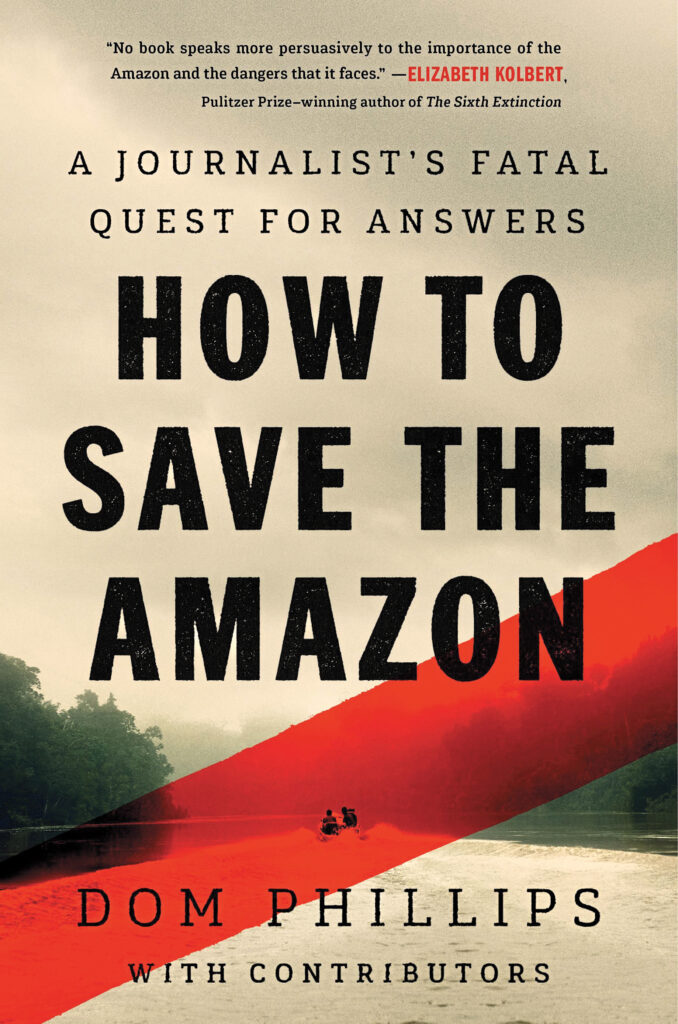
How to Save the Amazon: A Journalist’s Fatal Quest for Answers
Dom Phillips with contributors
Chelsea Green
384 pages
The first chapters, written by Phillips, resemble a travel book through a land that is ecologically and culturally rich, yet chaotic and lawless. Combining a first-person travel writing style with reportage, the first four chapters address the history of occupation in the region; depict the development of cattle ranching, which accounts for over 80% of Amazon deforestation since 1985; examine the role of corporations in profiting from illegal activities; and describe the consequences of unmanaged urbanization. In Manaus, the region’s largest city, home to 2 million people, 38% live on the minimum wage or less, and workers receive 5% of companies’ turnover instead of the national average of 11%, according to one study. On all these subjects, we also hear from people attempting to turn the situation around, with varying degrees of success.
Like Phillips, the colleagues who finished the book found no magical answers for how to save the Amazon. They describe courageous stories of defiance and initiatives that could provide blueprints for sustainability, such as cacao planting, ecotourism and biopharmaceuticals. They share a belief that the broader economic model based on agricultural and raw materials exports must change. It might seem odd that a book about solutions focuses so heavily on problems, but by doing so, it reveals to the reader the magnitude of the political and economic shifts required to reverse the current trend.
As the book closes, we wonder how Phillips would feel today. Since Luiz Inácio Lula da Silva’s return to the presidency in 2023, deforestation has slowed, and Indigenous patrols like those Pereira trained are growing. However, contradictions remain: The government still encourages the presence of the meat, soy and oil industries that threaten the forest’s future. Phillips wanted the book titled How to Save the Amazon: Ask the People Who Know. His friends changed it to A Journalist’s Fatal Quest for Answers. It certainly inspires the reader to continue his mission of sharing vital truths about the Amazon—the ugly, the complicated, the beautiful.



